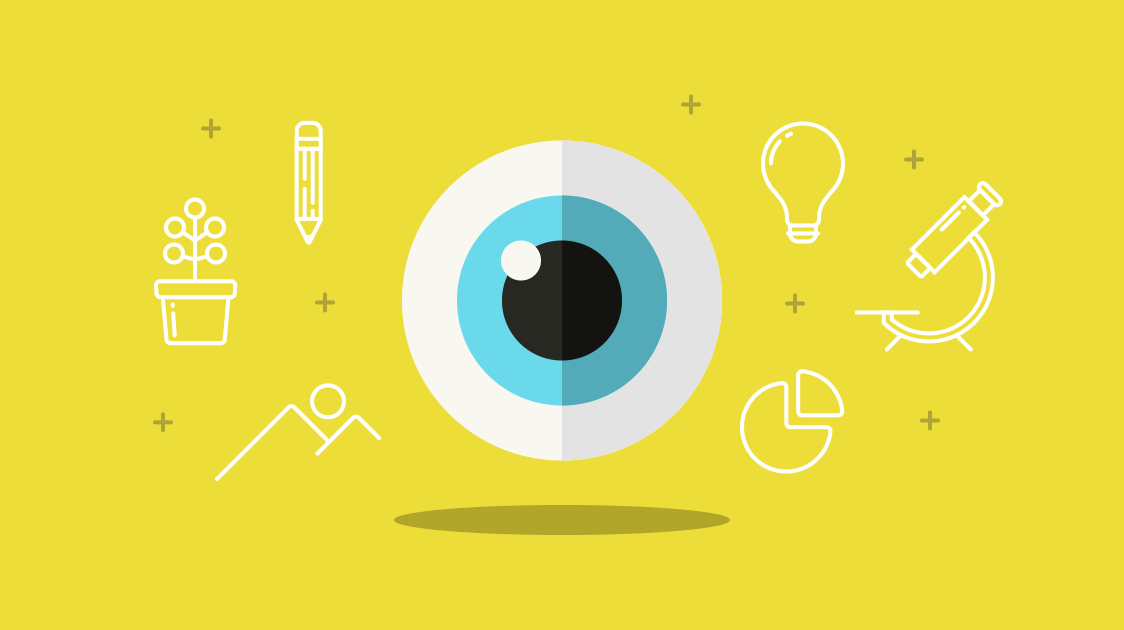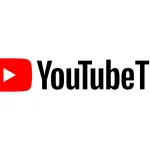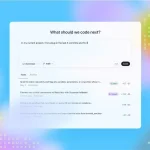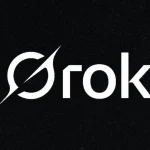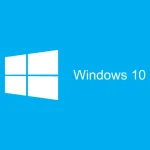Whether you’re a marketing expert or you’re just interested in having better human relationships in your personal life, you know how important it is to master communication. The future of communication is visual; increasingly, people are turning to photos, illustrations, and videos for all their needs.
So how can you take advantage of this trend? And where, exactly, did it come from?
The Power of Visual Communication
Visual communication has power and potential that other forms of communication don’t have. These are just some of the reasons:
- Clarity. Describing someone as angry or flustered vaguely conveys what they’re feeling and how they might be behaving. But seeing someone behave angry or flustered is an entirely different experience. Similarly, seeing a list of numbers in a report is much different and seeing those numbers sorted and arranged in a visual graph. Visual forms of communication often provide more context and more clarity.
- Speed. Human beings are visual creatures. Vision is our primary sense, and we evolved to process visual information as quickly as possible. Because of this, we can usually process visual information much faster and more efficiently than we process written information.
- Intuitiveness. Visual forms of communication are also highly intuitive. Regardless of how old you are, what language you speak, what culture you come from, or how much knowledge you have on a given topic, you can often respond to visuals in the same way. This is one reason why emojis are so popular; even if you have a limited vocabulary or are unfamiliar with the language, you can use emojis to convey your thoughts.
- Simplicity. For most people, visual communication is easier to master than other forms of communication. Taking a photo and sending it to someone is much easier than trying to describe to them, in a text message, the thing you saw.
Examples of Visual Communication
These are some of the best examples of visual communication.
- Digital signage. Have you noticed an increase in the usage of digital signage software? Companies all over the country are using more digital signs in their workplaces and in public spaces, providing information to anyone who needs it. Directions, instructions, motivational messages, progress to goals, schedules, and reports are just some examples of information that can be displayed visually.
- Charts, graphs, and data visuals. Data visualization has become increasingly popular, especially with the rise in interest in big data. Graphs, charts, and interactive visuals make it easy to convey complex mathematical and statistical ideas.
- Illustrations. Describing a concept can only do so much to spark a reader’s intuition. It’s often much more effective to provide illustrations and photographs to introduce more context and close the gap in understanding.
- Memes. Believe it or not, memes are also an excellent example of visual communication. Rather than trying to choose the perfect words to describe how you’re feeling about a given situation, a simple animated GIF can instantly tell people exactly how you’re feeling.
- Simple videos (and in-person conversation). Don’t underestimate the power of body language and facial expressions. Conversations unfold entirely differently when you can see the person speaking to you – and read their movements.
- Emojis. We hinted at these earlier, but love them or hate them, emojis are probably here to stay. They have the potential to reduce entire sentences and paragraphs down to a handful of symbols – with little to no loss of meaning.
How to Get Ahead of the Curve
So what steps can you take to get ahead of the curve in visual communication?
- Start using more visual communication tools. Whenever possible, use visual communication tools to provide clarity, context, or emphasize your points. As long as it’s appropriate to do so, consider using emojis, memes, or simple illustrations as companion pieces. You can also use more software programs to help you display engaging visuals in your environment.
- Create opportunities for multimedia communication. Visual communication isn’t perfect. That’s why multimedia communication, incorporating the best aspects of written, visual, and audio communication, is so valuable. Create more opportunities to include multimedia communication in your personal and professional life.
- Get feedback and refine your approach. One of the best ways to improve your capacity for visual communication is to get feedback from other people. Were your diagrams helpful? Do people appreciate your digital signs? Take this feedback seriously and gradually refine your approach. Every step forward makes you a better communicator.
Even if you’re a linguistic purist or a writer by trade, there’s no stopping the wave of visual communication that has come before us. If you want to continue being an effective communicator, or if you want to improve your communication skills, it pays to start incorporating more visual elements.

